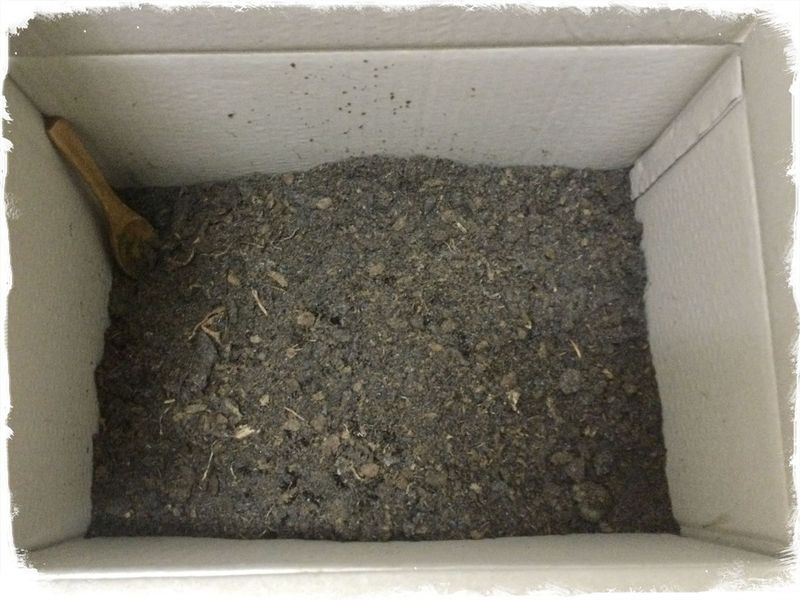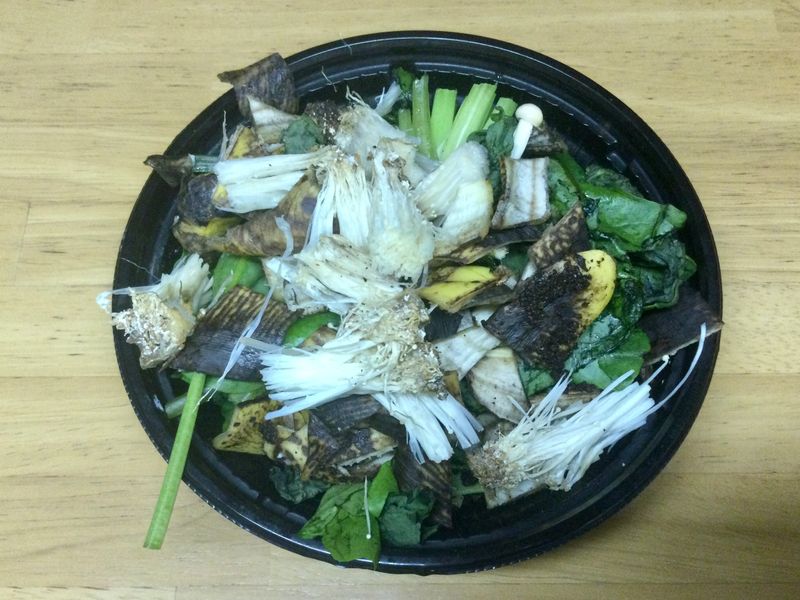Oct 11, 2021
How to Compost in a Cardboard Box Indoors
I told you recently about how I selectively collect roadside garbage on my bike rides and walks around my neighborhood.
What spurred my garbage hounding was a combination of concern for the protection of the local environment and a surplus of municipally issued garbage bags as I became thriftier and focused on sustainability at home.
Outside my window is a waterway that attracts a wide variety of birds, turtles, and some elusive mammals. I do my best to scoop garbage so they don’t consume it.
As I’ve reduced my output of burnable and unburnable garbage, I’ve found that my weekly disposal at the neighborhood garbage station has dwindled to a monthly event. Some inspiration for my lower garbage output came from stories about sustainability from fellow City-Cost contributors.
This year, one of my projects is to reduce the amount of organic waste my kitchen produces as I cook more at home. While I’m preparing vegetables, I toss the tops and tails into a repurposed zip-top rice bag stash in the freezer.
About once a month I break out the stockpot to make an aromatic broth flavored with the contents, ginger, garlic, onions, and a splash of tsuyu or dashi broth. After about an hour of simmering, the broth makes for great nabe hot pot bases and other soups.
But lots of organic bits don’t make it into the tops and tails bag because they’re too dirty or unsuitable. I decided last month to revisit a habit of cardboard box composting. This method first came to my attention over 10 years ago through a video that appeared on YouTube.
The video explains that 微生物 biseibutsu or microbes, break down the waste and don’t smell as long as you let the box breathe and do its work.
At first, I was skeptical, but after a few months of composting this way, I was won over. It’s an easy way to compost your waste when you don’t have a huge volume and no garden to place a conventional compost box.
Recently, The New York Times picked up the Japanese trend of composting indoors as people became more housebound due to the pandemic.

Gomira, my composting friend
It’s really easy and no fuss. Simply prepare a cardboard box. I used paper tape to seal the edges of the box and placed a layer of cardboard in the bottom to prevent seepage. In the box, I put a mix of two parts peat moss, easily obtainable at DIY and home stores and one part ash. In Japan, an easily obtainable form of ash is もみ殻燻炭 momigarakuntan, or burned rice husks.
Place your box on a frame. You can use すのこ sunoko, wooden slats that are available at home stores and 100 yen shops. I had a spare plastic basket that does the trick. The box, nicknamed “Gomira”, a portmanteau of “Gomi” and “Gojira” is in my kitchen next to the air vent.
It’s been eating my organic waste, including coffee grounds, chopped-up banana peels, anything organic that can rot.
Last week, I noticed a funky smell in my kitchen and panicked. Did Gomira go bad? It turned out that the kitchen sink drain was getting a bit fragrant and just needed a good cleaning. Gomira has a wonderful earthy smell of soil and doesn’t stink as long as I turn over the stuff I feed it.

Scraps including greens, mushrooms, and coffee grounds
So far, I feed it at the end of the day when I’m finished cooking. It handles just about any organic waste. Some people feed their cardboard box compost eggshells and fishbones, but so far I only give Gomira vegetable waste. And the curious part is that the volume doesn’t increase much. The only caution I have is don’t feed your creature whole banana or avocado peels. Chop them up and they’ll likely compost.
When the box maxes out, I’m going to discreetly distribute the excellent compost around my neighborhood’s street trees since I don’t have a garden of my own.
Have you tried this composting method? How is it? If not, will you give a whirl?



2 Comments
MochiManda
on Jan 3
I have tried this method of composting as well, I feel it does wonders for keeping a smell out of my apartment, since putting organic waste in my trash, can lead to smells after a few days of sitting there, and now we only have to take out the trash once a week or even once every two weeks. Although I still haven't been able to find somewhere to dump my dirt, I live in an urban Tokyo neighborhood, I am thinking to ask a local community garden if they would like my compost. One friend of mine asked their farmer friend, but he refused since sometimes I put paper in my compost to balance the greens and browns (Organic sources and the carbon). Please let me know if your neighbors were okay with you dumping it around their gardens.
TonetoEdo
on Jan 4
@MochiManda Are there public garden plots in your area? You could ask the gardeners there if they're willing to take your compost.